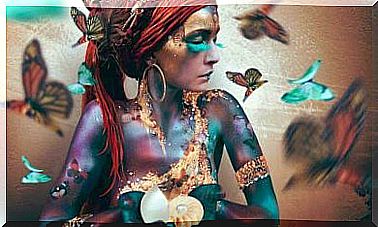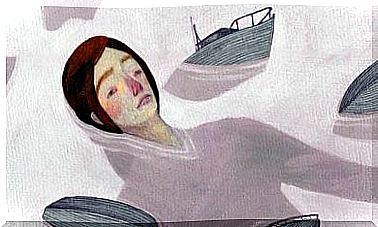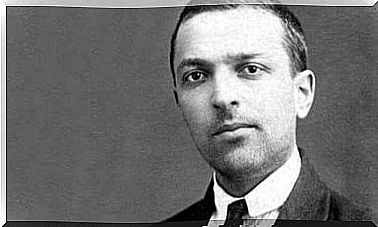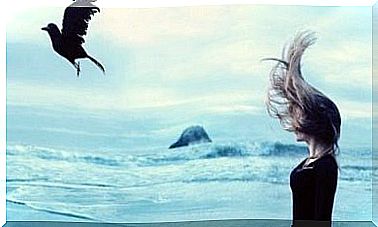The Art Of Being A Coward

Do you know someone you would define as a coward? What are the reasons that would lead you to define it this way? Can this be justified by his way of acting? At work, in family, in a group of friends … we are all close to someone who might bear the label of a coward. Cowardice is one of the essential characteristics of the human being. It is very shared, labeled among other things, but very little recognized. However, and this may seem surprising, in some cases it represents for us an adaptation strategy.
We have all, many times, looked back when faced with a doubt: what would have been the result if we had acted in a different way at some point. And, by analyzing it, we see that cowardice is hidden behind many of our “what if…”. Cowardice goes hand in hand with fear and conformity, they are inseparable. If there is no fear behind it, it is not cowardice; maybe comfort or laziness, but not cowardice. It is possible to be loose in different dimensions of this attitude, at the emotional and behavioral level, but also at the level of thought.
“The cowards are those who hide under the standards”
-Jean paul Sartre-
How are you considered a coward?
Cowardice can be manifested in different ways. The most obvious is hidden in behavior. Beyond what we can feel or think, there are times that require the performance of actions that we are not performing. It is a reflection of “non-reaction” by paralysis, by insecurity… we can give a thousand justifications. This is the most well-known and visible form of cowardice. We can find in others or in ourselves many moments during which we did not say “I love you”, “leave me alone”, “no, it’s your job, get by”…

How many times have we thrown thoughts out of our head so as not to be confronted with them? We can also be cowardly in thought. It may be that an idea exists, a situation or even a memory that disturbs us or scares us and we do not give it time. Sometimes, we do not consider it, even knowing that it can create a “lump” in our stomachs or cause us to have trouble breathing. When we are offered to talk about it, we either avoid the subject or we show a forced disinterest.
“A coward is a person in whom the instinct of self-preservation still functions normally. “
-Ambrose Bierce-
Finally, we can mention the emotional coward. Not to feel in order not to suffer. Running away from emotions is the solution for many people. They associate an emotion with a complication. These people who let themselves go do not understand, but behind what they are fleeing feelings of fear, sadness, tenderness, anger have their reasons. These can be related to difficulties of recognition, expression or empathy during childhood or adolescence, bad experiences of adults, and also the fear of losing control of one’s desires.
Why do we behave like this?
The feeling in relation to cowardice is one of incomprehension, disappointment but also rage, whether we are the coward or someone else we know. Why are they behaving like this? Why am I behaving like this? In the same way for the courageous as for the cowards, there is the same answer. A fundamental modulator of our courage is in relation to the number and the quality of the tools and the personal training which we have.
“It is obvious that there are only two classes of cowards: those who flee backwards and those who flee forward. “
-Ernesto Mallo-
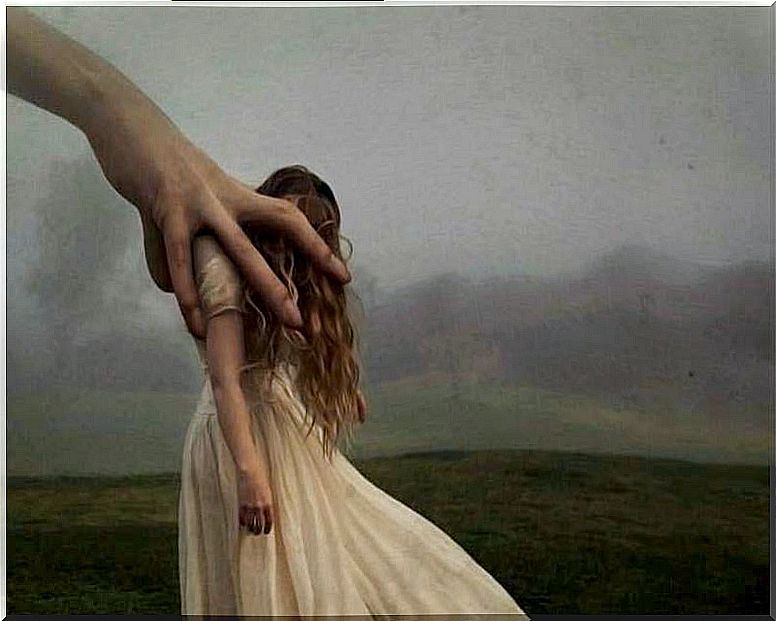
Fear is an emotion shared by all, on the other hand cowardice is an attitude: the position we adopt in the face of this fear. In addition, it is possible to react with fear. It is something logical and human. The tools we have learned to use to control our emotions, to respond in a balanced way, or to put into action thinking strategies supposed to respond to problems, by generating alternatives, will guide our behavior in one direction or in the right direction. ‘other.
From there, cowardice is an element with which we have to fight. With ourselves or with other people, we would respond well if we appealed to empathy, trying to understand (and not necessarily support) the reasons for cowardice. If there is fear, she develops tools for learning, listens to others, reflects, shares fears and trains.
At work, in personal relationships or even in certain activities that scare you… fight against cowardice. Assuming that nothing is all white or all black, “all or nothing” is an exception and not a rule. There are levels to gradually evolve and leave behind this feeling of thinking, acting or feeling filled with cowardice.




